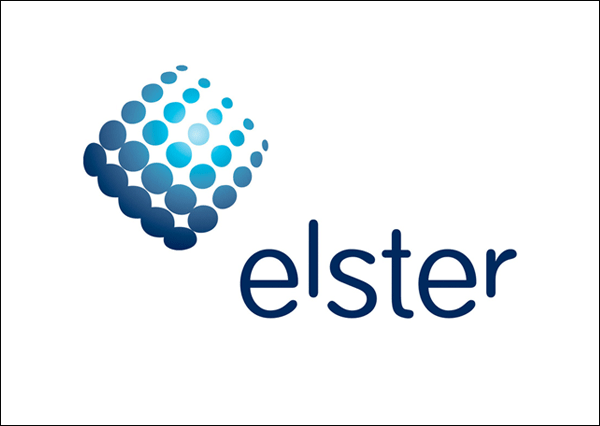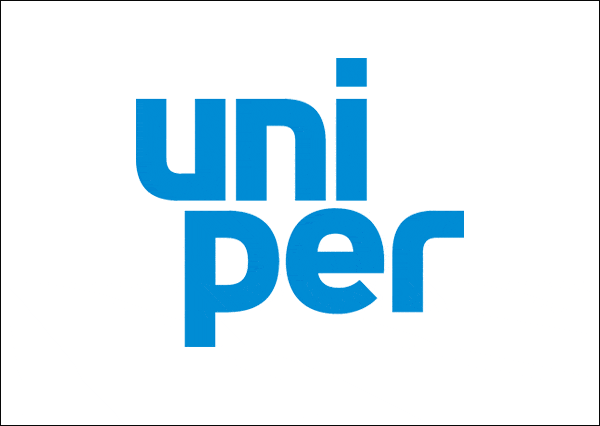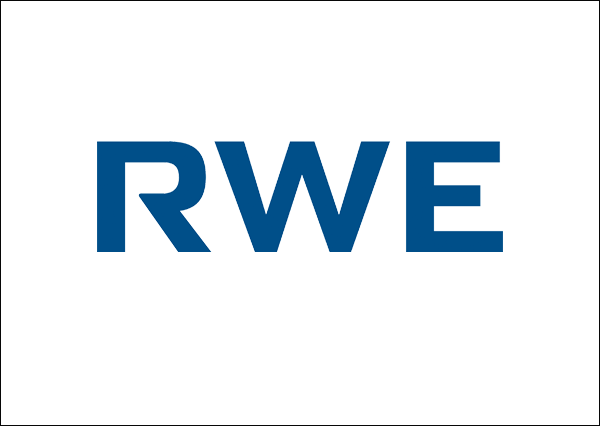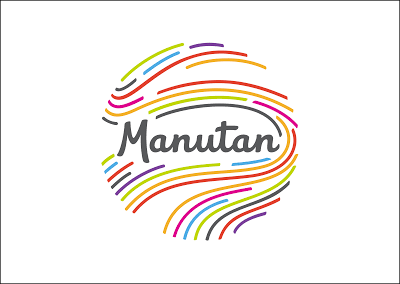
by Lea Hoffmeister | Oct 27, 2023
Hardware and software solutions for modern IOT and network security
The challenge for Scottish Water
Scottish Water (SW) is responsible for providing water and wastewater services to domestic and wholesale customers. SW plans to migrate from a legacy PSTN-based OT network to secure, leading-edge technologies. SW will use wireless and satellite public IP networks that require trusted security for encryption of communications and compliance with the EU’s NIS 2 (Network Infrastructure Security) regulation.
Our solution for Scottish Water
To provide Scottish Water with a NIS-2 compliant solution, we deployed an IDnomic PKI as a cloud service in our data center, providing digital identities for credential management for network devices communicating over 5G in a cost-effective and fast time-to-market approach. In addition, our secure microSD card from Cryptovision serves as a trust anchor for the routers deployed by Scottish Water.
Weitere Referenzen aus der Branche
Sichere Lösungen für digitale Identitäten
SECURITY TOKEN & HARDWARE SOLUTIONS

by Maik Breilmann | Oct 25, 2023
Digital signatures from cryptovision secure Elster measuring instruments
The challenge for Elster
Elster is a German manufacturer of solutions for the gas, electricity and water treatment industry based in Mainz, Germany. The company’s portfolio, which employs 7,000 people, includes measurement technology in particular. Elster has been part of the Honeywell Group since 2015.
It goes without saying that data security plays an important role in measurement technology. For a consumer, for example, it can be worthwhile to manipulate the amount of gas consumed downwards in order to have to pay less. As digitalization and networking continue to increase in the energy supply sector, the corresponding measuring devices are increasingly becoming an integral part of the Internet of Things. The measured data must therefore be protected with encryption, digital signatures and other IT security measures.
Our solution for Elster
Elster opted for a cryptovision solution for the protection of digital data in two application areas. One of them is the sending of billing-relevant data at transfer points between gas suppliers. These are measurements of volumes and gas qualities at locations that are usually outside populated areas. Digital signatures from cryptovision protect the sent measurement results from manipulation.
The second area of application is the protection of firmware updates for numerous gas and electricity measuring instruments. Digital signatures from cryptovision ensure that only software authorized by Elster is executed on the devices.
More references from this branch
Secure solutions for digital identities
SECURITY TOKEN AND HARDWARE SOLUTION

by Maik Breilmann | Oct 25, 2023
Virtual smartcards have significantly reduced costs for secure infrastructure
The challenge for Uniper
Uniper is a company with over 12,000 employees that was created by the spin-off of E.ON’s water, coal and gas divisions. As a young company, Uniper focuses on modern IT infrastructures and offers its employees BYOD, among other things. On the other hand, the company also has a more classical IT approach, which has been adopted from the E.ON world.
One challenge was to find a suitable smartcard middleware for the company that meets the requirements of a modern IT infrastructure as well as the framework conditions of classic IT. Security and user-friendliness had to be taken into account.
Our solution for Uniper
Due to Uniper’s BYOD strategy, it was important that smartcards and tokens could also be used without additional distributed software. This was achieved with a certified minidriver. By using virtual smartcards, the costs for a secure infrastructure could be further reduced. The support of the virtual smartcards by the smartcard middleware means that no major interventions in other systems are necessary. The solution is used for all conceivable signature and decryption applications, for example for workflows and office documents.
More references from this branch
Secure solutions for digital identities
SECURITY TOKEN AND HARDWARE SOLUTION

by Maik Breilmann | Oct 25, 2023
RWE uses the smartcard middleware SCinterface from cryptovision
The challenge for RWE
RWE is one of the largest energy suppliers in Europe. Among other things, the company operates several nuclear power plants. Given the company’s numerous critical infrastructures, it goes without saying that RWE places high demands on IT security.
In order to meet the statutory requirements, the company uses digital signatures based on smart cards to secure workflows and certain processes.
Our solution for RWE
RWE uses the smartcard middleware SCinterface from cryptovision to address the used smartcards. In addition, this solution is also used for authentication on the PC. After introduction, digital signatures were introduced for further processes.
More references from this branch
Secure solutions for digital identities
SECURITY TOKEN AND HARDWARE SOLUTION


 CLOUD SERVICES
CLOUD SERVICES CITIZEN ID
CITIZEN ID IT SECURITY
IT SECURITY IOT and INDUSTRY
IOT and INDUSTRY PKI SOLUTIONS
PKI SOLUTIONS CREDENTIAL MANAGEMENT
CREDENTIAL MANAGEMENT SECURITY TOKEN & HARDWARE SOLUTIONS
SECURITY TOKEN & HARDWARE SOLUTIONS SECURITY APPLICATIONS
SECURITY APPLICATIONS












